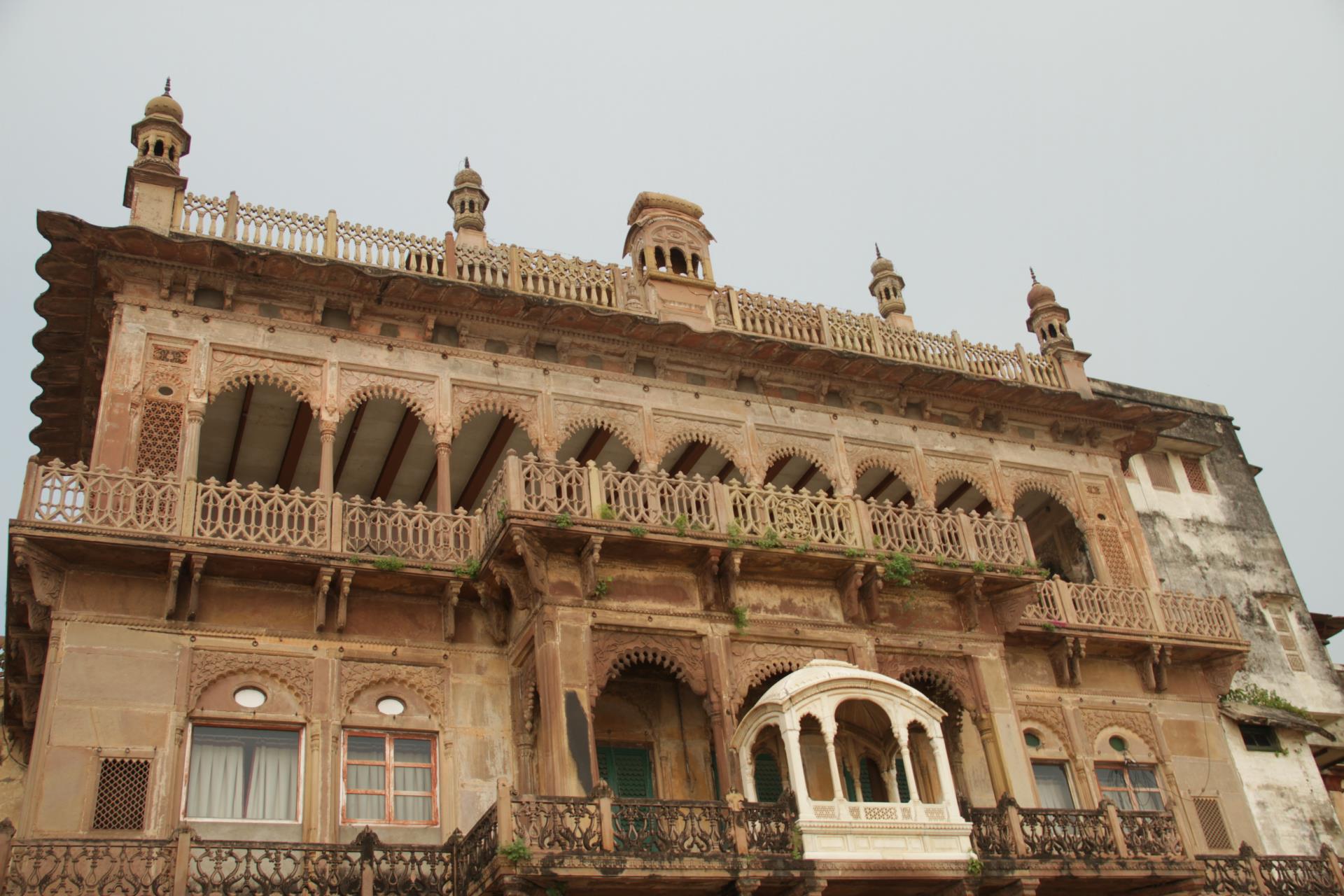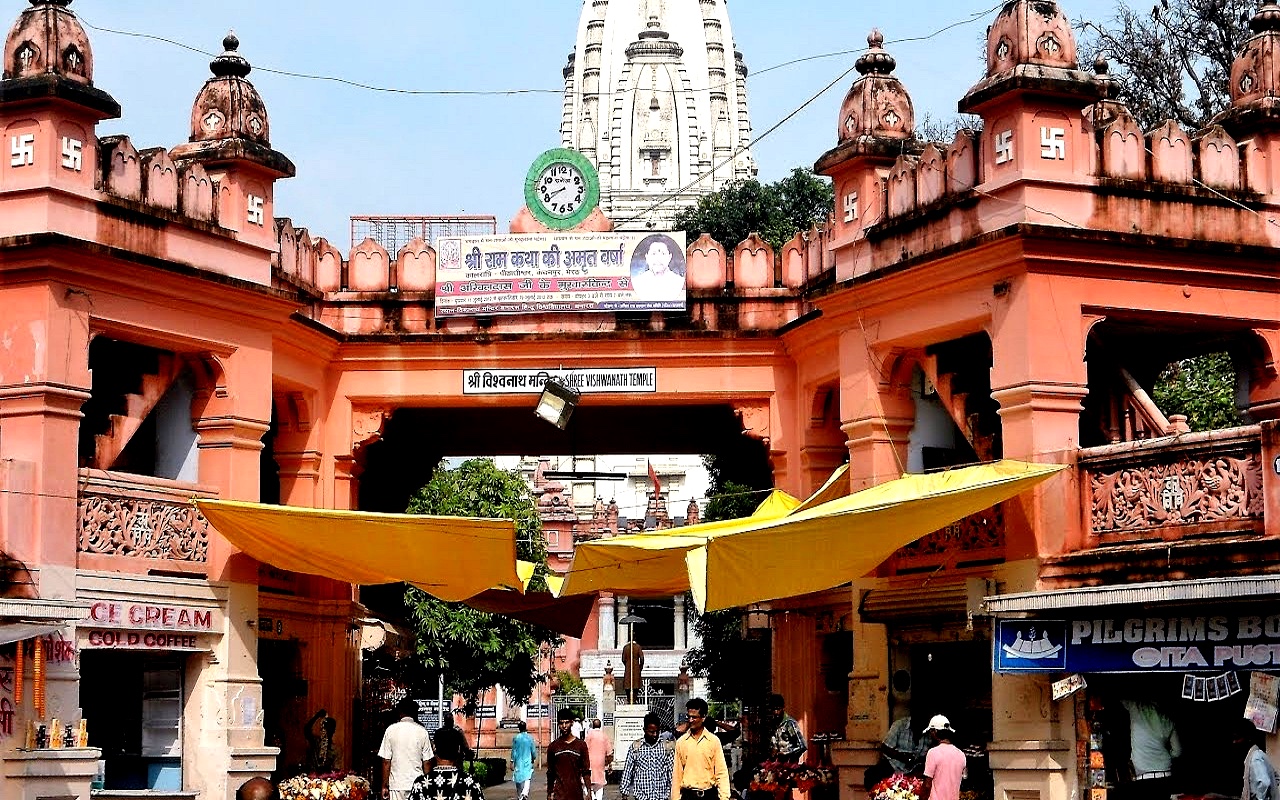
Sorry, we couldn't find anything that matches your search.
Destination

Famous Places to Explore in Hyderabad
A vibrant city with the imposing...

Raipur Tourist Places | Best Place to Visit
The stronghold of several erstwhile...

Ahmedabad
Declared as India's first UNESCO World...
#
One of the oldest and the most sacred ghats in the holy city of Varanasi is Dashashwamedh. This place is most famous for its Ganga arti ( a holy fire ritual), which is an elaborate and lively ceremony that takes place at dusk everyday. Amid blowing of conch shells, ringing of bells, clanging of brass cymbals and chanting chorus of mantras, priests venerate the Ganga, the lifeline of Varanasi, with brass lamps that rise several tiers. The priests performing the arti are all draped in similar clothing-- a kurta and dhoti. The preparations for the arti include collecting five elevated planks, an idol of Goddess Ganga, flowers and incense sticks. Rituals of the arti are performed by those learned in the Vedas and Upanishads and are led by the head priest of the Gangotri Seva Samiti. The arti lasts about 45 minutes. Devotees float smaller diyas on leaf platters in the river as an obeisance to the holy Ganga. As the sunlight recedes, the innumerable lamps flowing in the water make for an unforgettable sight. The hour-long ritual can be watched from the ghat or boats moored at the river bank.
The name 'Dashashwamedh' means the place where Lord Brahma sacrificed ten horses. It is also said that Bajirao Peshwa I had the ghat reconstructed in 1740 AD. It was later constructed over by the queen of Indore, Ahilyabai Holkar, in 1774. This ghat lies very close to the famous Vishwanath Mandir.








